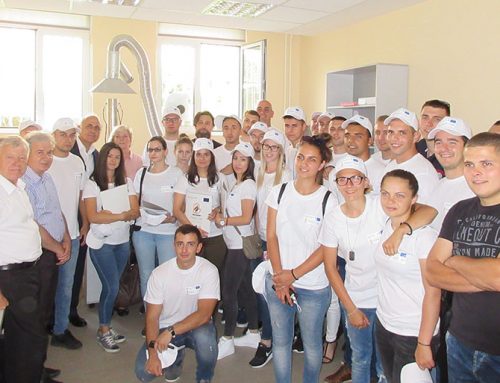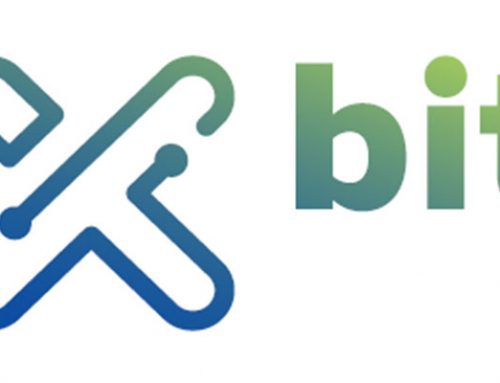Serbian prisons suffer from serious overcrowding. According to 2011 data from the country’s Administration for Execution of Penitentiary Sanctions (AEPS), its prisons house approximately 11,000 detainees, nearly 5,000 more inmates that they can officially collectively accommodate. The prison population has been growing steadily since the 1990s and this growth looks unlikely to abate in the near future. The overcrowding has meant that many educational programmes for prisoners have been cut and their prospects for finding work upon release significantly reduced. This leads to increased re-offending among detainees, and the continued over-population of prisons.
Breaking the cycle of re-offending is a difficult and complex task – and one which Serbia is not alone in facing. Nevertheless, in 2001 AEPS initiated a reform process in prisons which has encouraged more individualised prisoner treatment programmes in detention facilities. It took this process a step further in September 2011, when, with the assistance of nearly €900,000 in funding from the European Union, a two-year project ‘VET Support for Serbian Detention Facilities’ was launched. It introduced pilot vocational education and training (VET) programmes in three Serbian prisons to increase detainees’ employability upon release and formulating, based on their outcomes, a common basis for implementing VET in prisons, both at national and local level, in the future.
From welding to market gardening
Around 500 prisoners are expected to have completed a vocational education training course by the project’s end in one of the five following occupations: welding, screen printing techniques, woodwork and furniture making, bakery and market gardening. The courses were chosen as the Serbian labour market presently lacks skilled employees in these fields. The VET project has required extensive teamwork, as before the training schemes for detainees could be launched, all the actors involved in implementing them underwent training too. In 2012, 60 treatment counsellors – who have direct contact with inmates and help select prisoners for the schemes; 56 Instructors of Practice – who teach the practical aspects of VET courses; and 25 VET teachers, who teach the theoretical aspects of the courses, went on group courses themselves to receive training in how best to implement the pilot scheme and arrange for its practical implications. Once the VET schemes started in the three prisons at the end of 2012, National Employment Service counsellors also received training in how to help the trained ex-prisoners find work after their release.
By April 2013, 145 convicts had already successfully completed a VET course and received an appropriate certificate. Results have been encouraging. Nikola Selaković, Serbian minister of justice and public administration, noted that some of the welding graduates who had completed their sentences had already been employed in the trade. After an earlier monitoring visit to a VET scheme, Project Team Leader Vesna Janevski said: “We’ve even had a case in Niš detention facility, where a prisoner refused early release, even though he was entitled to it, to complete the welding course. He said that it would be the only way for him to obtain a highly demanded skill.”
More information
Project: VET Support for Serbian Detention Facilities
Implemented by: HD European Consulting Group – www.hd-ecg.com/BfW – www.bfw.de/ Aarhus Tech – http://aarhustech.dk/
See also: Republic of Serbia Ministry of Justice and Public Administration – The Administration for Execution of Penitentiary Sanctions – www.uiks.mpravde.gov.rs




